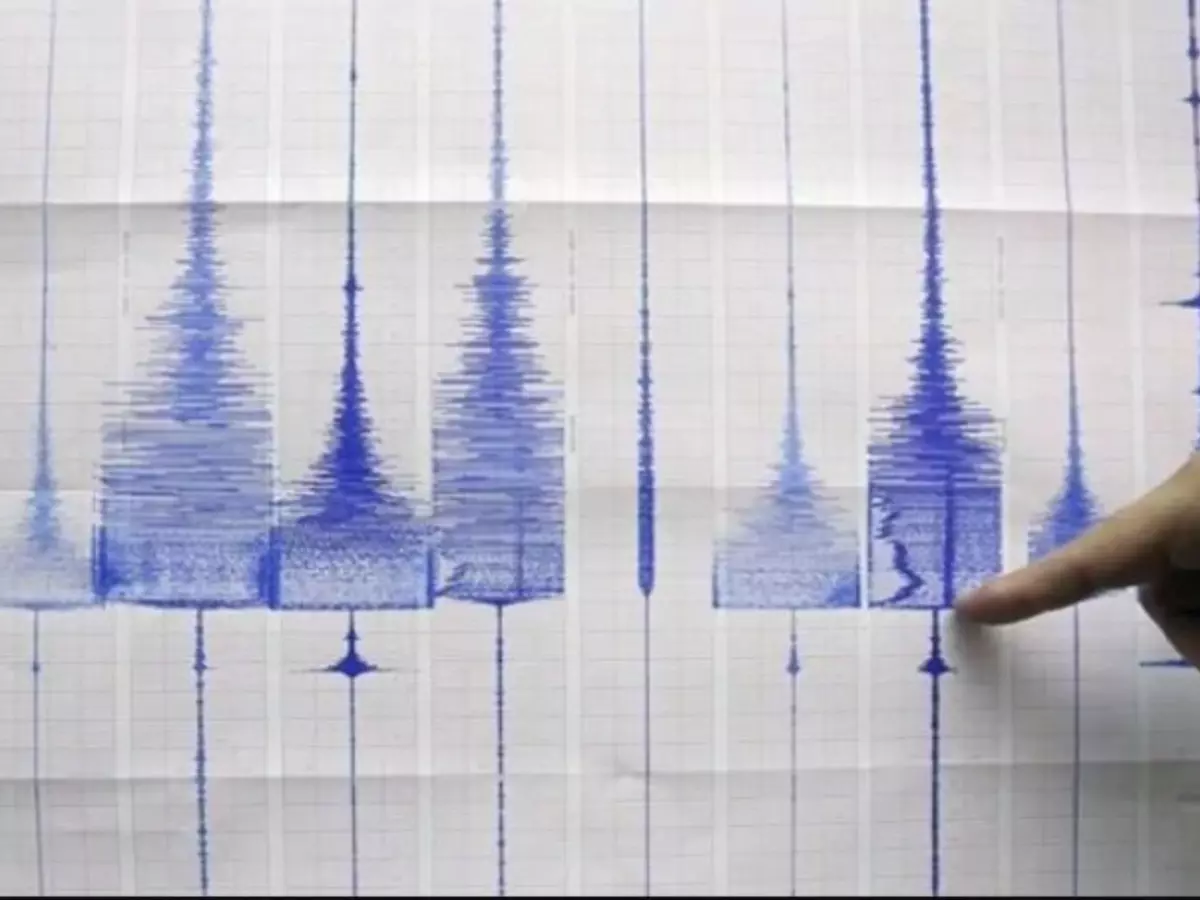For The First Time, Scientists Detect Rare 'Boomerang' Earthquake Under Atlantic Ocean
A team led by scientists from the University of Southampton and Imperial College, London, successfully recorded a magnitude 7.1 earthquake on August 29, 2016. The new study is published in the journal Nature Geoscience.

Scientists have detected an extremely rare 'boomerang earthquake' under the Atlantic Ocean near the equator.
A team led by scientists from the University of Southampton and Imperial College, London, successfully recorded a magnitude 7.1 earthquake on August 29, 2016. The study was published recently in the journal Nature Geoscience.
 CBS
CBS
The research was conducted by scientists from the University of Southampton and Imperial College, London in the U.K.
A "boomerang" earthquake, also known as a "back-propagating supershear rupture," means the fracture travels away from the initial crack before returning to it at even faster speeds, scientists said.
Also Read: Massive Earthquake Measuring 7.8 Hits Alaskan Peninsula, Prompts Tsunami Warning Scaring People
Large - meaning magnitude 7 or higher -quakes are difficult to study because they often set off a series of chain reactions along intricate networks of faults.
Faults under the ocean have simple shapes, but they are located far away from seismometer networks on land, so an underwater network of seismometers is needed.
First author, Stephen Hicks, of Imperial College says, "Whilst scientists have found that such a reversing rupture mechanism is possible from theoretical models, our new study provides some of the clearest evidence for this enigmatic mechanism occurring in a real fault."
 Image For Representation/Twitter
Image For Representation/Twitter
Researchers said the quake traveled in one direction between the South American and African tectonic plates, then boomeranged back to the start at ultra-fast speeds, breaking the "seismic sound barrier" - a sonic boom of sorts - as reported by CBS news.
Also Read: Google's Building World's Best Earthquake-Tsunami Warning Tech Says Sundar Pichai
According to the scientists, if a similar type of quake occurred on land, it would drastically affect the amount of ground shaking ¡ª and possibly widen the affected area.
Successfully tracking more boomerang quakes would allow researchers to better predict and assess the possible future hazards.
Also Read: Japan's New Bullet Train That Can Even Run During An Earthquake Is Operational Now
